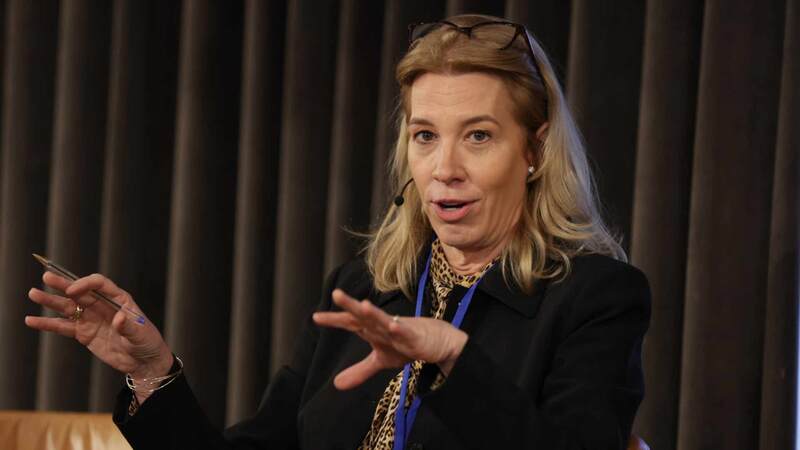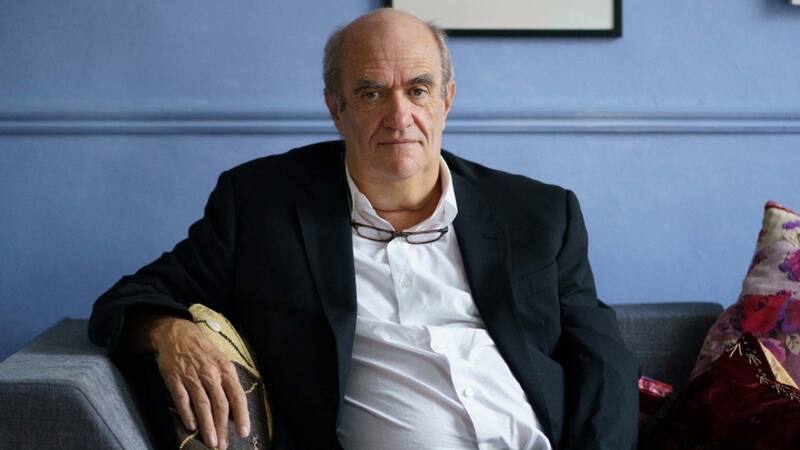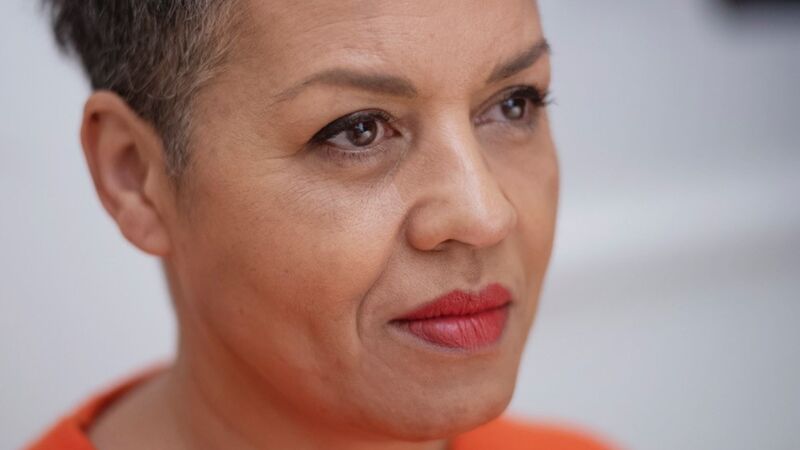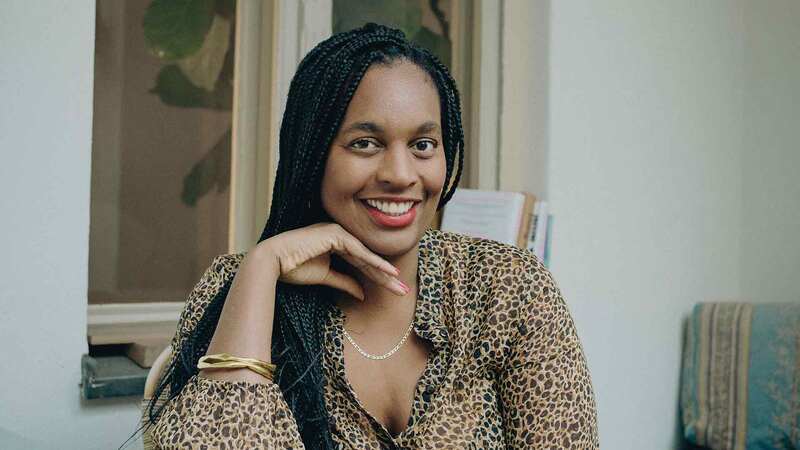You are viewing your 1 free article this month. Login to read more articles.
Parliamentary report sets out ways to improve creative sector diversity
The All-Party Parliamentary Group on creative diversity has published a new report on "what works" to support, encourage and improve equality, diversity and inclusion in the creative sector.
Launching the report Creative Majority at an event in Parliament on 13th September, co-chair Labour MP Chi Onwurah said the creative sector was “far too important to our identity and to our economy... to be left in the hands of a privileged few”.
“A report like this cannot reverse years of inequality in that sector, but it can guide groups of organisations to changing and adaptation that will one day implement effective practices to improve inclusivity in the industry,” she said.
“I am not prepared to wait another generation for this. I’m tired of seeing a creative industry which does not reflect our country.”
She was joined by co-chair Baroness Deborah Bull and researchers from King’s College London and the University of Edinburgh.
The report is organised around five headline-guiding principles that provide a framework for current effective practices in recruiting, developing and retaining a diverse creative sector, covering everything from publishing to theatre, television and fashion, and includes 26 policy recommendations.
Speaking about his research on the publishing industry, Dr Dave O'Brien from the University of Edinburgh told The Bookseller that, while publishers have incredibly good data on their audience, they need to “know themselves and their output better” as the industry has lots of “hidden codes” and “assumptions” that exclude people.
 He said that while there were a lot of changes being made in publishing, many were largely due to external pressure, and it “shouldn’t take constant vigilance from campaigning groups to change an industry that could be making new profits, finding new markets, and reaching new audiences if it really wanted to".
He said that while there were a lot of changes being made in publishing, many were largely due to external pressure, and it “shouldn’t take constant vigilance from campaigning groups to change an industry that could be making new profits, finding new markets, and reaching new audiences if it really wanted to".
He was joined by Dr Natalie Wreyford from King’s College London who noted particular concerns surrounding large, well-established publishing houses “swooping in” on writers nurtured by grassroots groups in the regions or for particular demographics, without acknowledging their work, often presenting them as ‘debut writers’. She recommends that publishers should work with these grassroots organisations in a way that is more sustainable and rewards people for doing the work, including financial compensation for bringing writers to the attention and the standard of the bigger publishers.
More general recommendations across the creative sector included for the Department for Culture, Media & Sport (DCMS) to make public funding across the sector subject to strict compliance with the Equality Act 2010, and draw a plan for creative diversity, which is published and reviewed annually. The report says the DCMS can be an important ally and leader by setting a firm and clear commitment to a more diverse creative sector.
It also calls on the department to produce guidance for companies on how to interrogate their recruitment practices to make them fairer and more inviting for all applicants, alongside co-ordinating data collection, publication, and target setting across the creative economy.
The report says organisations should have a plan for creative diversity, published and reviewed annually, and should monitor employee, workforce and commissioning data, and set targets to deliver creative diversity. Data should include pay gap data for key characteristics including gender, race, class, parenthood and disability.
They should also offer flexible work, job sharing, working from home and part-time work as default for all positions, or give clear reasons why not, and not use unpaid interns.
Baroness Bull said it was a “popular misconception” that arts and cultural occupations are a “meritocracy” adding: “Over and over again the data tells a different story across the creative industries... data shows that the workforce is overwhelmingly drawn from the middle and privileged classes and there is a marked absence of people of colour, people from working-class backgrounds, and people who are living with disabilities."















